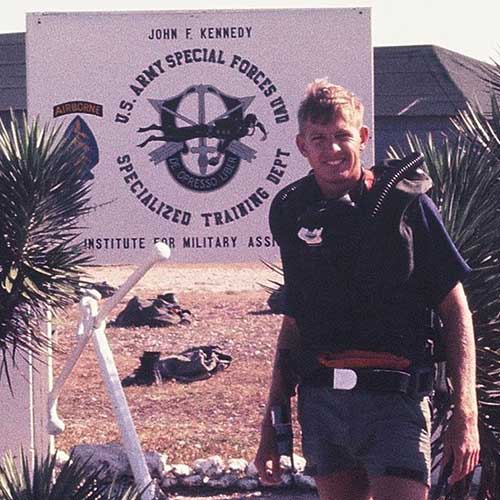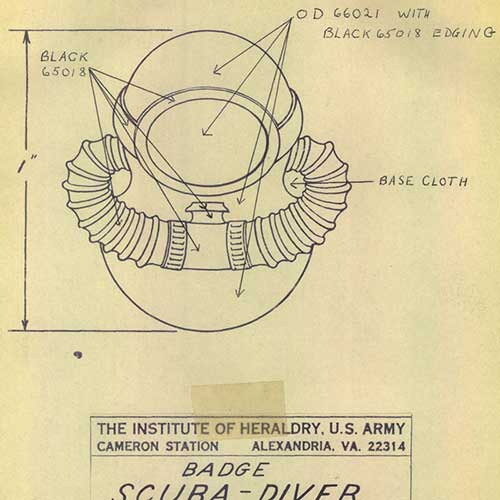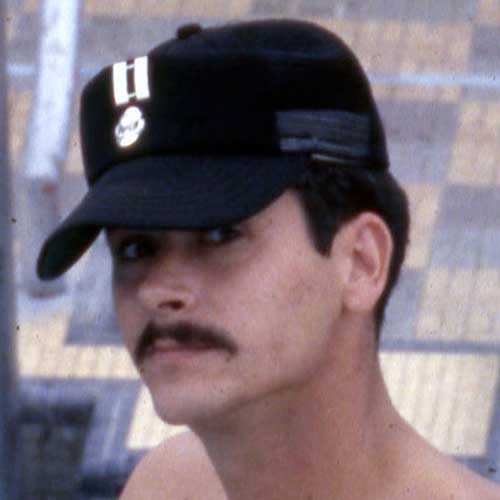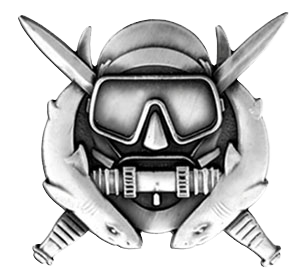ABSTRACT
Prior to 1969, no Army Scuba Diver Badge existed. That year, the Scuba Badge was authorized, but not for wear by Special Forces (SF) “combat divers” until 1972. Full recognition for the unique training and skills of SF divers came in 2004 when the Special Operations Divers and Diving Supervisor Badges were approved.
TAKEAWAYS
- In World War II, the Army authorized nine “ground” qualification badges, including four for “hard hat” Engineer divers
- Prior to 1969, no Army Scuba Badge existed; even then, SF divers were not eligible to wear it until 1972
- A modified badge for Army Special Operations combat divers was approved in 2004
DOWNLOAD
In 2004, the current silver Special Operations Diver Badge was approved for graduates of the Special Forces (SF) Underwater Operations (UWO) course. It includes a mask and mouthpiece, typical of a closed-circuit rebreather system; daggers honoring the legacy of Office of Strategic Services (OSS) swimmers; and sharks representing stealth, speed, and power.1 This badge was a long time coming. When SF began underwater operations in the 1950s, no scuba qualification badge existed. Starting in the early 1970s, SF shared a generic Scuba Badge with U.S. Army Engineer and U.S. Navy scuba divers. Finally, SF received the Army Special Operations-unique badge mentioned above.2 This brief photo essay explains how this esteemed award came into being.

Through World War I, the only Army qualification badges were for marksmanship, gunnery, and aviation.3 During World War II, this had expanded to nine Army-authorized “ground badges,” including the Expert and Combat Infantryman Badges, and four Engineer underwater “hard hat” badges (with dive courses at Fort Screven, Tybee Island, Georgia, and later Camp Gordon Johnson, Florida).4 There were no badges for experimental special operations diving (e.g., the OSS use of an early closed-circuit underwater rebreathing system), which had shown potential. Postwar advances in scuba opened the door for both civilian recreational diving and increased combat application.
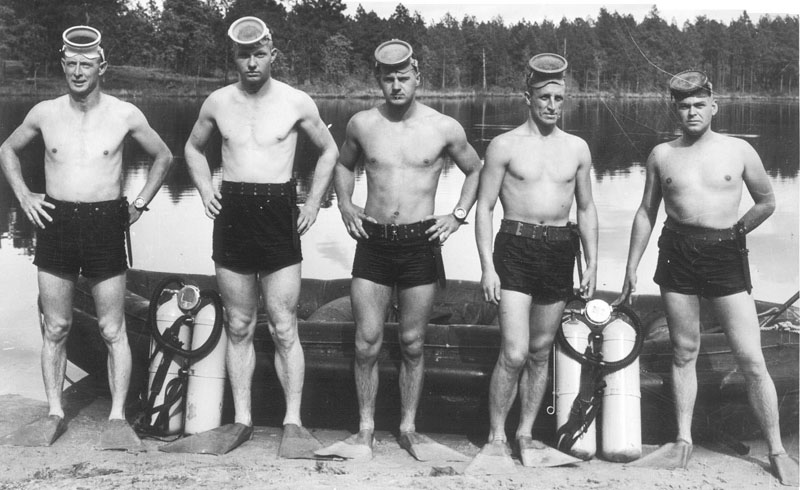
Following the establishment of SF in 1952 at Fort Bragg, North Carolina, scuba was one of many specialized skills eventually added to the SF portfolio. With no dive school of their own, Army SF soldiers formed clubs, attended the U.S. Navy Underwater Swimmers course, or created their own ad-hoc training programs. By 1963, SF formalized an underwater operations requirement to support “clandestine infiltration and attack of targets” during the conduct of Unconventional Warfare.5 Accordingly, in 1965, the U.S. Army John F. Kennedy Special Warfare Center consolidated existing ‘in-house’ SF dive training as the SF UWO course at Key West, Florida.6
By the late 1960s, the Army’s appreciation of scuba had increased. A 1968 revision to Army Marine Diver Regulation identified scuba as a subset of Engineer diving.7 Scuba was not considered “a separate, distinct rating,” but rather the first step to earning the “hard hat” Second-Class Diver rating and badge. On 1 May 1969, the Army authorized wear of a new Scuba Badge, but there was a catch. SF UWO graduates were omitted from the regulation, and were not eligible to wear the Scuba Badge.8
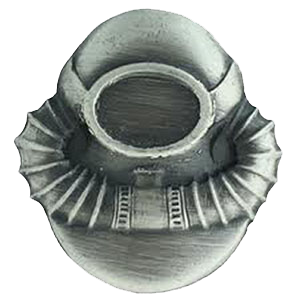
SF divers were in an awkward situation of earning an award that they could not wear. For example, SF Staff Sergeant Ernest A. Jensen recalls his graduating class being given the Scuba Badge, but being told “not to wear it during an official formation.”9 The Army corrected this in late 1972, when it authorized SF divers to wear the Scuba Badge.10 To complicate matters, the following year, the U.S. Navy approved wear of the Army Scuba Badge for graduates of its own dive programs. For over thirty years, SF graduates of the UWO course wore the same badge as U.S. Army Engineer and U.S. Navy scuba divers who had been trained elsewhere.11

